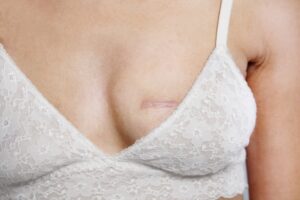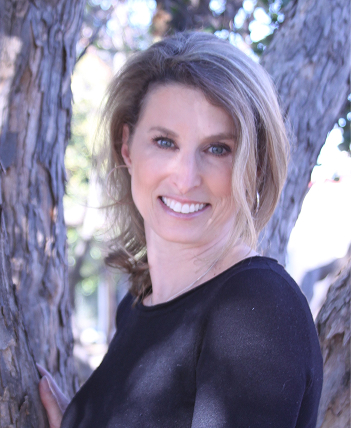 I don’t do a lot of breast reconstruction anymore, but this is an important look at breast cancer reconstruction. There has been a lot of talk about doing a “direct to implant” breast reconstruction, where you place your final implant at the time of mastectomy. Sounds totally great. One surgery. You wake up with a breast. You don’t have to go through tissue expansion, with trips to the doctor’s office to inflate the expander. You don’t have to have a second surgery.
I don’t do a lot of breast reconstruction anymore, but this is an important look at breast cancer reconstruction. There has been a lot of talk about doing a “direct to implant” breast reconstruction, where you place your final implant at the time of mastectomy. Sounds totally great. One surgery. You wake up with a breast. You don’t have to go through tissue expansion, with trips to the doctor’s office to inflate the expander. You don’t have to have a second surgery.
So why don’t we always do it?
This study, “Direct to Implant vs Tissue Expander Placement in Immediate Breast Reconstruction: A Prospective Cohort Study,” was in August 2024 issue of Aesthetic Plastic Surgery. They wanted to see was there a higher rate of complications? Was the tension placed on the new mastectomy flaps too much?
Study:
- prospective cohort design. 257 breasts were direct to implant, and 405 breasts were tissue expander to implant.
- They looked at reconstructive failure, particularly anything that required intervention- infection, seroma, hematoma, mastectomy flap necrosis (skin death), incision opening, implant exposure, and time to final drain removal.
Results:
- Direct to implant patients were a different demographic:
- Significantly younger
- Lower BMI
- Less diabetes, high blood pressure
- Nonsmokers
- Smaller breast sizes
- Tended to have more nipple sparing mastectomies
- When adjusted, there were no significant differences
- Direct to implant patients had higher satisfaction with breasts, psychosocial well being and sexual well being
They conclude that direct to implant breast reconstruction with an implant in front of the pectoral muscles is a “viable option for reconstruction in carefully selected patients with no significant increase in complications.”
My thoughts?
Clearly having a nipple sparing mastectomy with direct to implant reconstruction is ideal. It is the highest chance of your breast looking like your breast in breast cancer reconstruction.
I think the most important facet of this study is to see the direct to implant patients were different- healthy, thinner, younger, smaller breast sizes.
The information provided on this website is for general informational purposes only and does not constitute medical advice, diagnosis, or treatment. Always seek the advice of a qualified healthcare provider for any questions regarding your health or medical condition.
